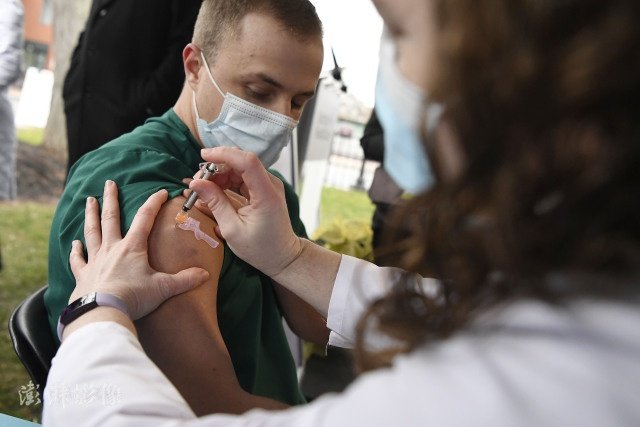December 14, the cumulative number of COVID-19 deaths in the United States exceeded 300,000, surpassing the number of deaths in World War II. The United States officially launched the first round of coronavirus vaccination on the same day as the coronavirus epidemic became more and more out of control.
According to the New York Times, after 9 a.m. local time on the 14th, Sandra Lindsay, a nurse in the intensive care unit of Long Island Jewish Medical Center, was the first to vaccinate Pfizer in Queens, New York City, becoming the first to be vaccinated in the United States.
In a live media video, the black nurse, Lindsay, said she felt hope.” I hope this marks the beginning of the end of this extremely painful period in American history.
As the first vaccinator in addition to a vaccine trial, Lindsay stressed that the African-American group is one of the hardest hit by the coronavirus epidemic. As a black nurse, she wants public confidence in the safety of the vaccine.

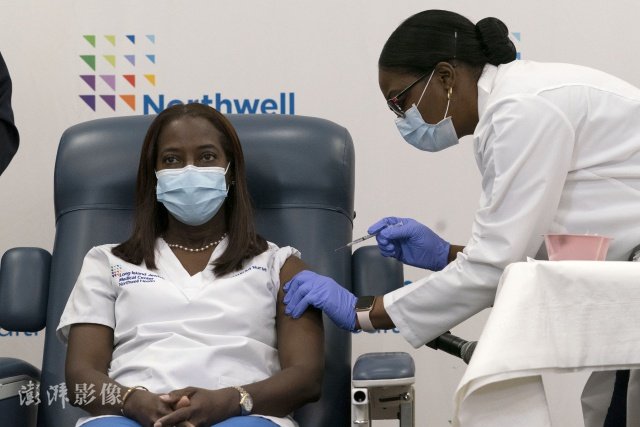
New York Gov. Andrew Cuomo, who watched Lindsay’s vaccination, said, “I believe it’s the weapon to end the war.”
On the same day, U.S. President Trump also tweeted excitedly: “The first vaccination. Congratulations to the United States! Congratulations to the world!”
When the first dose of vaccine was injected in New York, vaccinations across the United States were also opened. According to CNN, state health departments, the governor’s office and local hospital statements show that 49 states, Washington, D.C., and Puerto Rico Autonomous States have received vaccines.
On Sunday, the first batch of coronavirus vaccines from Pfizer’s Michigan factory were shipped to 145 sites across the United States. The first vaccines on Monday will be targeted by high-risk medical staff.
In Ohio, an emergency doctor, 41, Mark Conroy, was one of the first people in the state to get vaccinated. “It’s the result of a long 10 months of work that will protect us and our patients … It means a lot to me,” Conroy said. He added that wearing masks and social distancing are still necessary.
“Today is a long road and the first day back to normal.” Mona Moghareh, 30, said. She is a medical worker in New Orleans, Louisiana, United States.
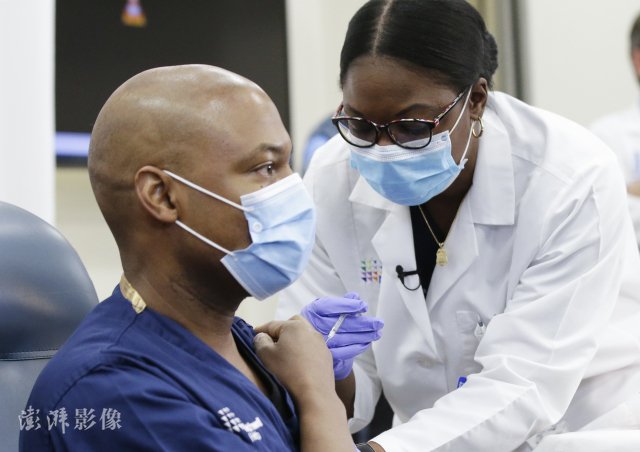
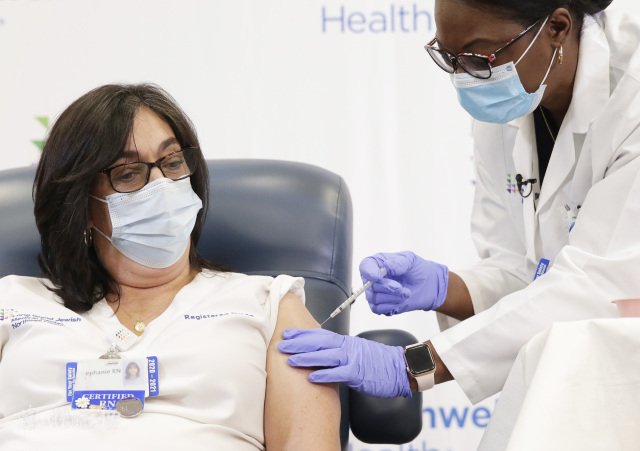
The first batch of vaccines is scarce.
As the vaccination work began, The New York Times pointed out that in most cases, the first limited doses of vaccines could not meet all doctors, nurses and other people who may be exposed to the virus every day.
At present, the first batch of about 2.9 million doses of Pfizer vaccine in the United States has been shipped one after another, and the U.S. government expects to ship 20 million doses by the end of the year.
However, the priority vaccination targets include 21 million medical staff and 3 million elderly elderly people in nursing homes. This means that the United States will no longer be able to fully vaccinate this group of people within this year.
According to a Reuters survey on the 12th, most states expect only 13% to 18% of medical staff to be able to be vaccinated first.
Meanwhile, it will take months for most people in the United States to get a vaccine. The Associated Press said on the 14th that for 300,000 American deaths, the vaccine came too late.
U.S. Secretary of Health and Human Services Aza said that a cumulative 50 million doses of Pfizer vaccine are expected to be delivered by the end of January next year.
The country’s first batch of 2.9 million doses of vaccine will be shipped to 636 sites across the United States in the first week: 145 sites on Monday (14th), 425 sites on Tuesday (15th) and 66 sites on Wednesday (16th), according to U.S. officials.
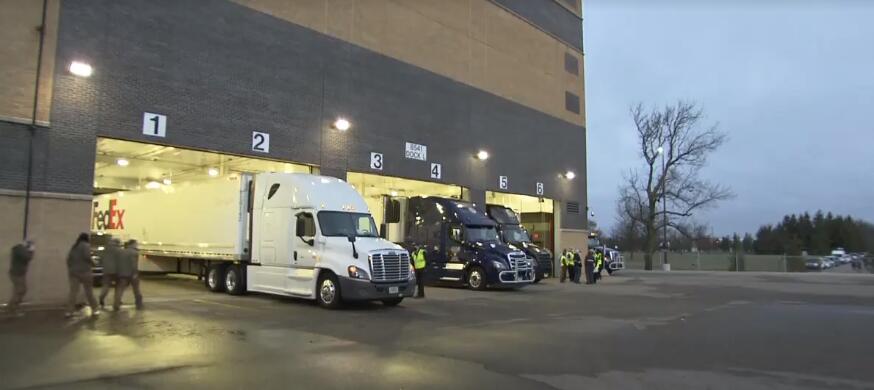
The death toll of the novel coronavirus exceeds that of World War II.
On December 14, the number of deaths due to COVID-19 in the United States exceeded 300,000.
Seeing this shocking figure, The New York Times said three comparisons in a row: 300,000 people died more than Americans killed in World War II; this is about half of the total expected cancer deaths in the United States this year; this is equivalent to the population of the American city of Pittsburgh.
Over the past period, there has been a surge in coronavirus deaths in the United States, often around 3,000 deaths a day. This is equivalent to the number of people killed in the “September 11th terrorist attacks” or the attack on Pearl Harbor. The CDC director Robert Redfield said last week that COVID-19 has surpassed heart disease and become a major cause of death in the United States.
The New York Times said that the surge in deaths reflected the rapid spread of the novel coronavirus since late September, when the number of new confirmed cases per day fell below 40,000. But recently, the number of new cases in the United States has often exceeded 200,000 per day.
The report added, “However, the worst has not yet come.” Many health experts believe that the next 100,000 deaths in the United States may occur within a month.
Last week, the U.S. Food and Drug Administration (FDA) approved the Pfizer vaccine emergency use authorization application. If the Pfizer vaccine can be widely distributed early next year, it will be a new way to mitigate and even organize the novel coronavirus.
“But those who may have died in late December and early January have been infected long ago [before vaccination],” said Ashish Jha, dean of Brown University School of Public Health. “After breaking through 300,000, it will be very difficult to avoid the death toll reaching 400,000 within a month. “
According to the epidemic data updated by The New York Times on the 14th, the cumulative number of confirmed cases of COVID-19 in the United States exceeded 16.4 million, and the cumulative number of deaths exceeded 300,000.


